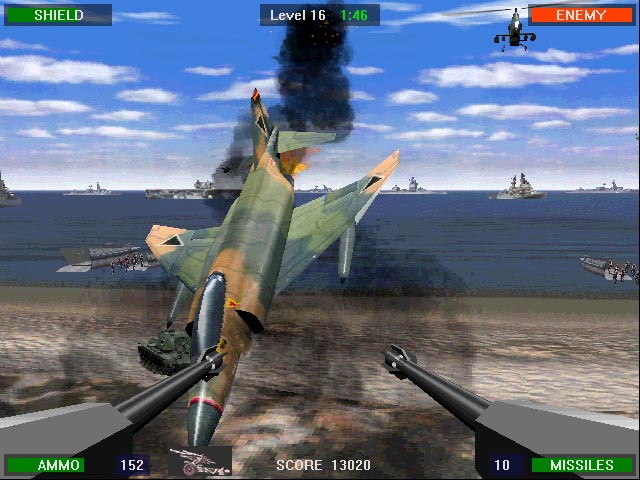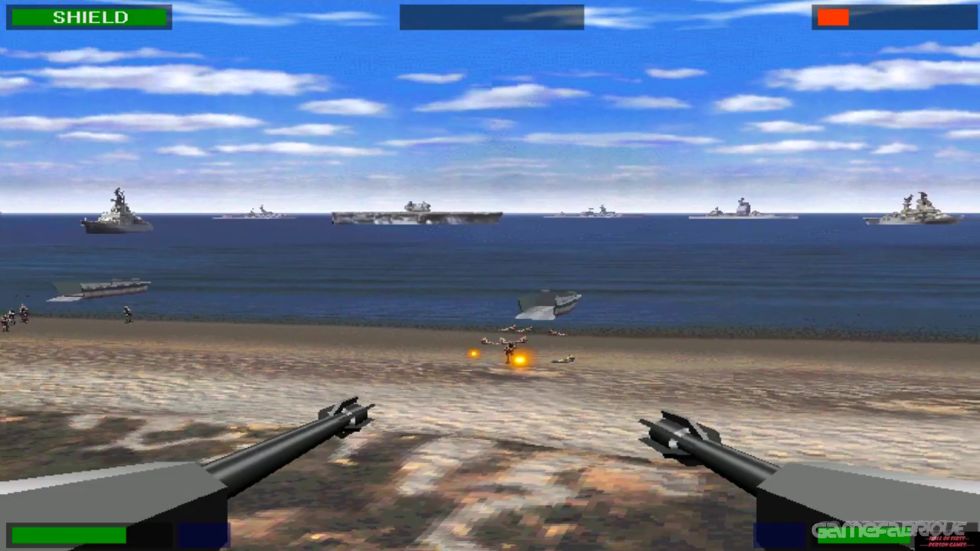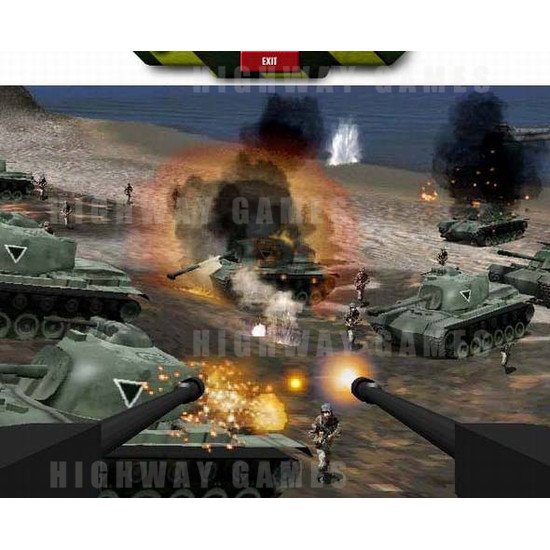


Ww2dbaseOn the German side, Field Marshal Albert Kesselring reacted quickly. Having established a beachhead with relative ease, rather than advancing toward Rome to potentially force the Germans to divert forces from the Gustav Line or advancing toward Gustav Line itself to link up with the Allied forces in the Cassino area, Lucas chose to remain in place in order to strengthen the beachhead against a possible German counterattack. British 1st Infantry Division had moved 2 miles inland, US 3rd Infantry Division had moved 3 miles inland, US 6615th Ranger Force had captured the port of Anzio, and US 509th Parachute Infantry Battalion had captured Nettuno. Opposition was minimal on the first day, and Allied casualties were low the Allies suffered 13 killed and 97 wounded, while 200 Germans were captured. Ww2dbaseOperation Shingle commenced on, landing 36,000 men and 3,200 vehicles by the end of the day. Lucas felt that it was an extremely risky undertaking he feared that the force assigned to him was not large enough, and thought that the invasion "has a strong odor of Gallipoli".

Major General John Lucas was selected as the commander of what was to be named Operation Shingle. As the plan developed, the Agro Pontino, an area of reclaimed marshland near Anzio and Nettuno, was chosen as the landing area. To speed up the advance, Winston Churchill ordered the British commanders to present a plan for a two-division amphibious assault at Anzio, Italy behind the Gustav Line. By Dec 1943, the Allies had reached, but could not penetrate, the Gustav Line situated south of the Italian capital city of Rome.

Ww2dbaseThe Allied forces landed in the southern portions of mainland Italy in Sep 1943, and the subsequent progress had been slow, largely due to a fairly well-executed delay action campaign conducted by the Germans, anchored on several prepared defensive lines.


 0 kommentar(er)
0 kommentar(er)
